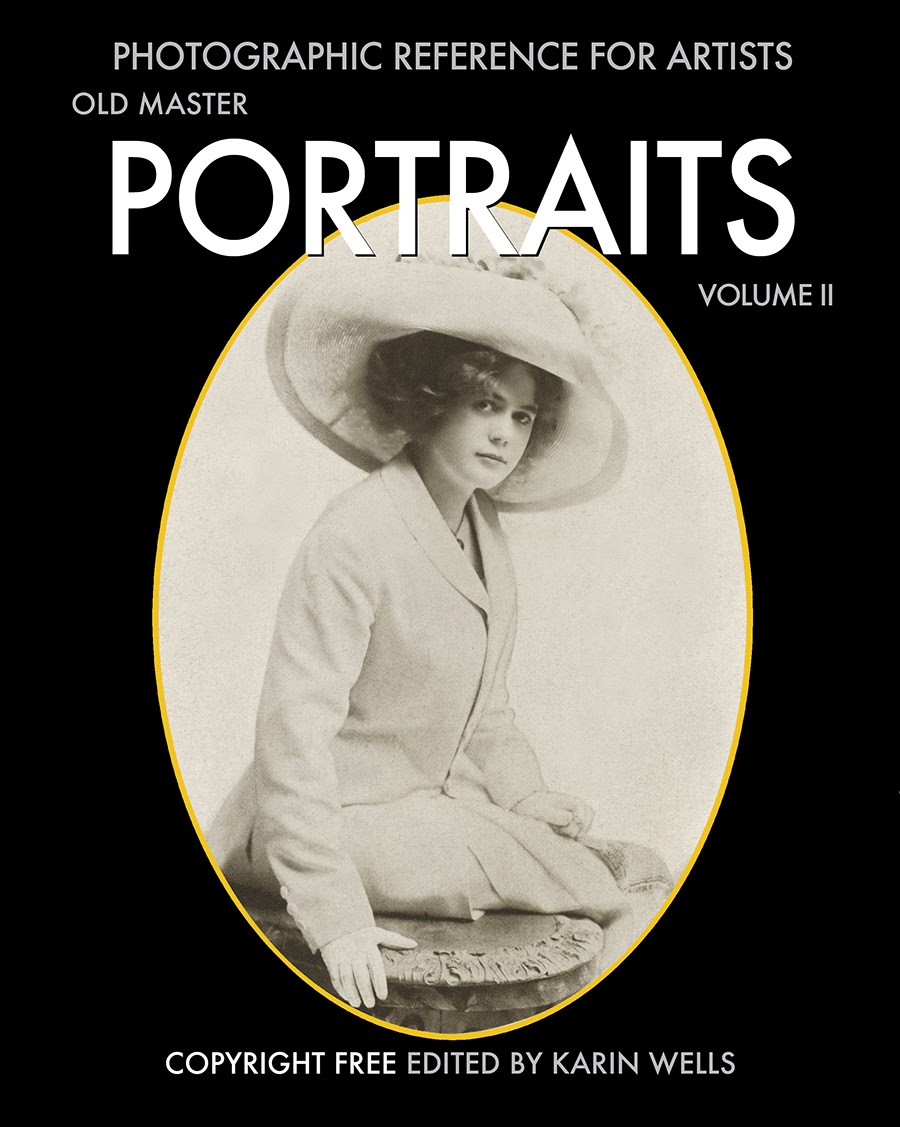Being aware of silhouettes can help turn an ordinary subject into a grand painting.

The silhouette can say a lot with a little. It instantly establishes gesture and defines a nice balance of interesting positive and negative spaces.

"Silhouettes" have been known to painters for a very long time so I have used paintings from the Italian Renaissance to help illustrate my point.
Alessandro Bonvicino Moretto (1526) used an interesting silhouette to establish gesture in his painting above.

"Venus and Cupid" by Palma the Elder (Jacopo Negretti) c. 1520.
Per usual I am exagerating my illustrations a bit to make the point. One painting can contain many little silhouettes; i.e., sleeve, belt, hair patterns within the figure.

Michelangelo Buonarroti, 1510-11

This figure is interesting and descriptive without detail - save the silhouette.

Some silhouettes encourage lost and found edges with the massing of dark and light.

Clothing details used by Ercole De' Roberti (1475) makes for a more interesting portrait.

Little details of clothing and hair can make a big difference.

Piero Della Francesca (1474).

Paolo Uccello (1460-65).

Don't make this all-too-common (and boring) mistake (above)!
No matter how beautiful the person, nor how well the face is painted, this will never ever be a good painting.

Instead, fuss with the clothing and hair. Consider the use of props. Use your creative imagination and you could transform this unimaginative pose into something extraordinary.

I am sure that in the early 16th Century women did not walk down the street like this - but Bartolommeo Da Veneto still figured out how to make a beautiful portrait.

Here's an ordinary sitter - nothing special.

But here is the same figure with the silhouette suggesting clothing, collar detail, hair and ornaments. This would make a much better portrait.

In 1501, Piero Di Cosimo used his imagination and painted this stunning portrait.

Here's another boring silhouette above. Hanging hair, no clothing details - ho hum.

With a little imagination, it can be jazzed up and become a better portrait way before the face is even defined.

What a difference a hat makes - by Cosimo Tura.

Portrait of a young man c. 1425 by Tommaso Masaccio.

Don't overlook props. They can serve to make portraits interesting.

The lace at the sleeve in a delicious detail in this picture.

Clothing and props provide interesting details in this painting by Fra Filippo Lippi (c.1455).

The kerchief, broom and bow are exaggerated to make this figure into something better.

Here's a complicated picture that explains itself with the clever use of silhouette.

Can you see the similarity in Pietro Di Cristoforo Vannucci's "The Combat of Love and Chastity?" (1505)

Interesting shapes work with paintings of horses...

...and even dragons and flying drapery as painted by Raphael, c. 1505






2 comments:
Thank you for that lesson!!! I was wondering why my compositions don't work and now I know why. I am going to apply the silhouette idea every time I do a painting.
It's a bit of an "ah-ha moment," isn't it?
Once you can see this - you cannot ignore it.
Who said that "painting well is merely learning to see well? "
Somebody important must have said that - because it is true.
Post a Comment